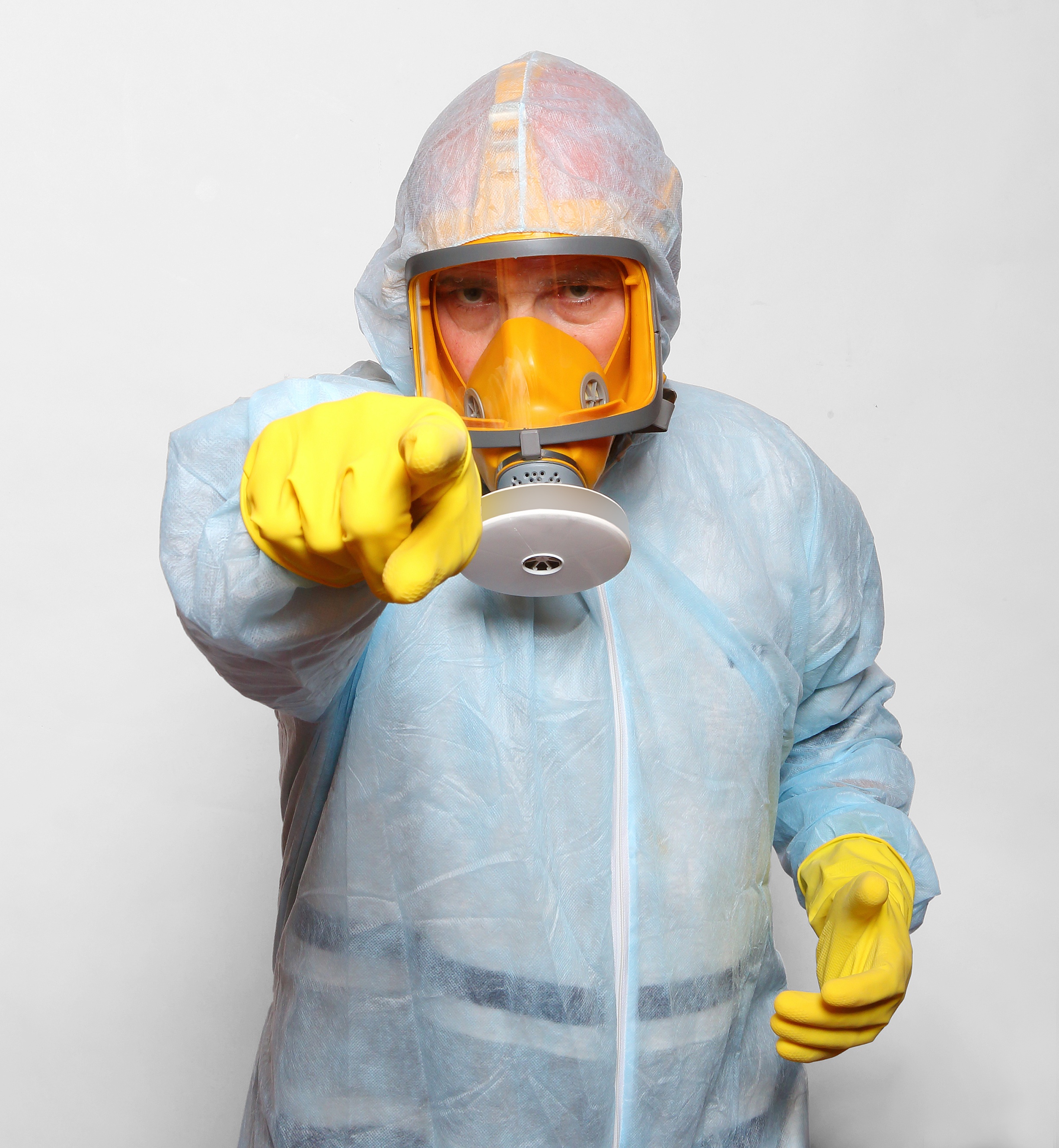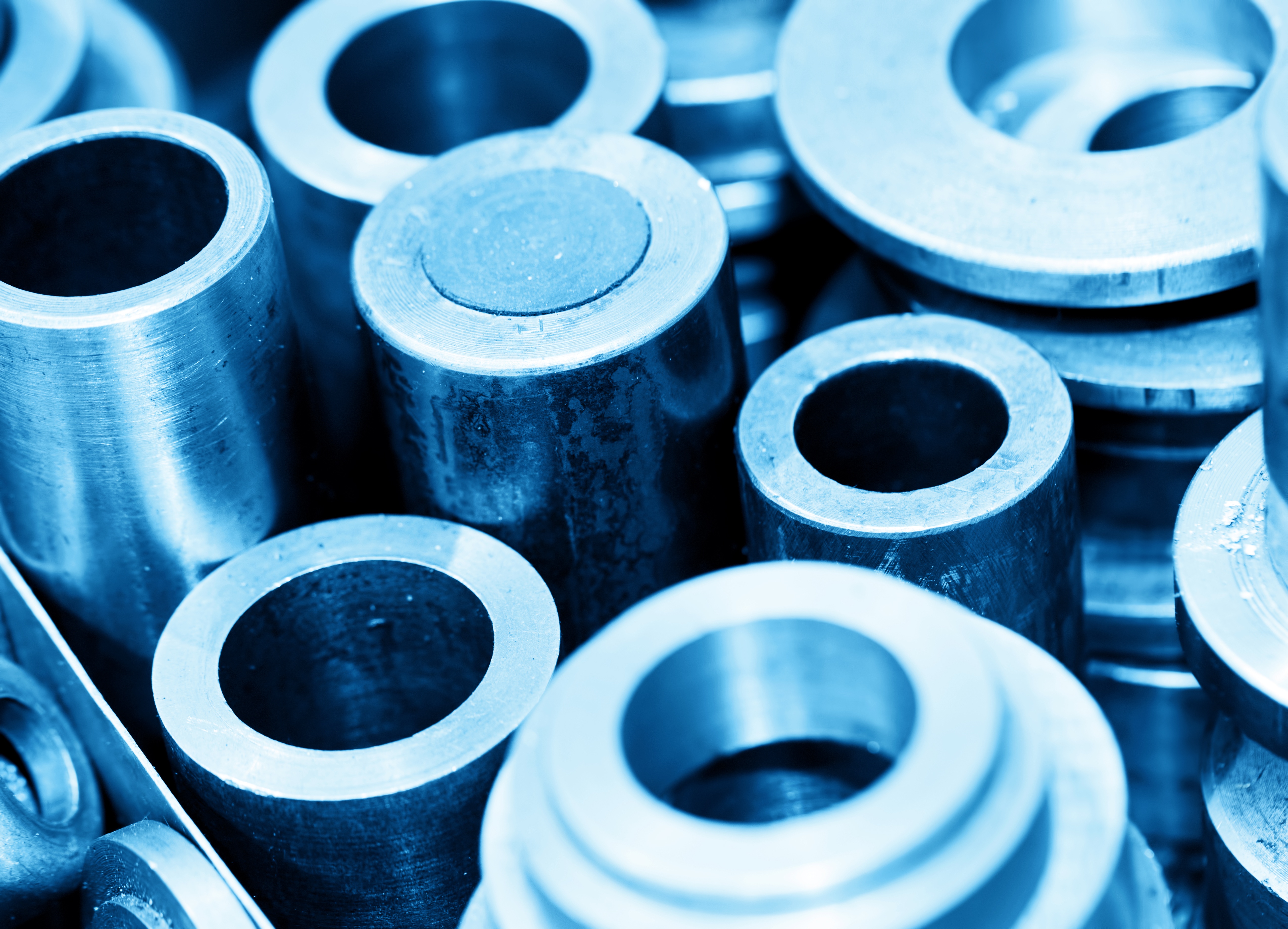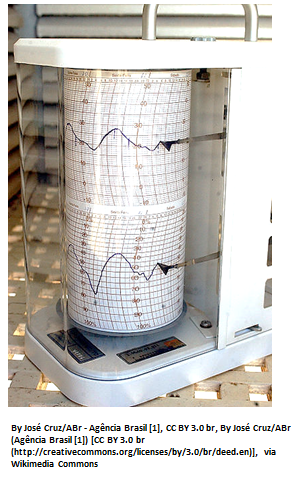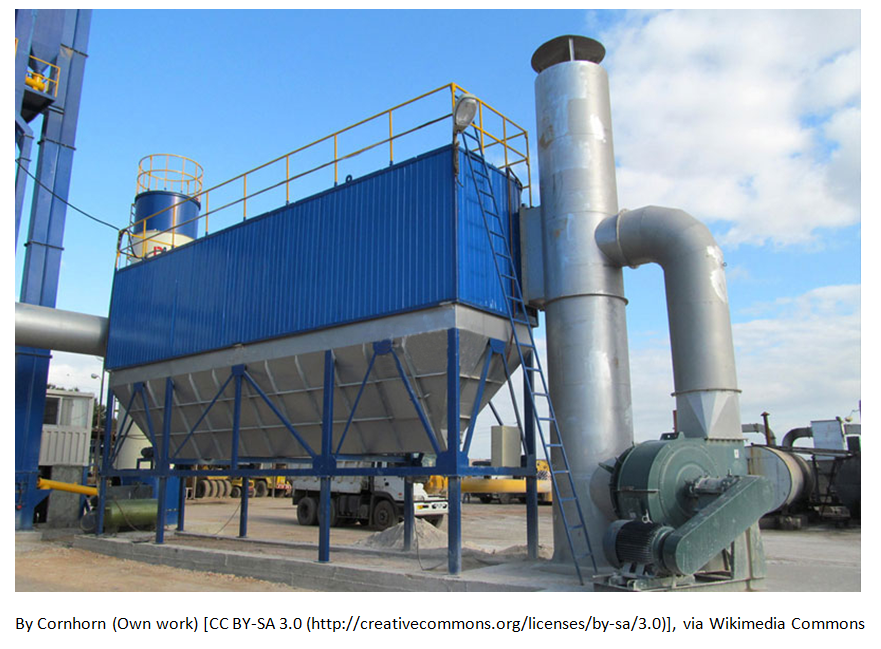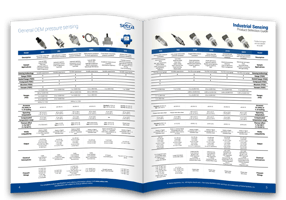Protective Environment (PE) rooms are hospital rooms designed to protect a high-risk immunocompromised patient from human and environmental airborne pathogens. These are positive pressure rooms intended to keep patients safe during recovery from cancer treatment or stem-cell transplant.
Setra Blog
Airborne Infection Isolation (AII) rooms, commonly called negative pressure rooms, are single-occupancy patient care spaces designed to isolate airborne pathogens to a safe containment area. AII rooms are a specialized application of a hospital’s HVAC system, where the airflow supplied into the room is balanced with exhaust airflow to create at least -0.01” WC negative differential pressure with respect to an adjacent space, usually the hallway or an anteroom. In simple terms, this provides a gentle flow of air under a closed doorway and into the room so that no airborne particulates escape into nursing staff or public areas. Exhaust from these rooms is not recirculated in the HVAC system. Instead, exhaust air typically moves in dedicated ductwork to ventilation stacks on the rooftop, where atmospheric air provides sufficient dilution to make the resulting air safe.
Whether you are an engineer or a consumer, many daily applications involve capacitance. Capacitance can be measured using a capacitor, however it is not as simple as that. There are three different methods in which the capacitor measures capacitance.
April 28, 2016
Why should you use a unidirectional differential pressure transducer for isolation rooms?
We have gone over the best practices for selecting a unidirectional and a bidirectional differential pressure transducer based on usage and application. So why should you use a unidirectional differential pressure transducer over a bidirectional model for an isolation room? When requiring an increased accuracy reading for positive and negative pressure, it is best to use a unidirectional transducer. For positive pressurized rooms, you can place the low port on the reference area and the high port on the room of concern. For negative pressurized rooms, you place the low port on the negative pressure room of concern and the high port on the pressure reference area.
Companies often resist change, especially when lacking direction, a defined end goal, guidance and leadership. It should be a top priority for executives to cut costs and streamline operations. However, there may be several emerging barriers for companies to overcome in order to begin investing in energy management.
Material Compatibility refers to a material's resistance to corrosion, rust or stains when it comes in contact with a chemical.
The accurate measurement of humidity is important in many HVAC/R applications. Relative Humidity (RH) is a measure of the ‘actual humidity’, relative to the maximum possible humidity at a given temperature. RH sensors contain an assembly that is made up of an integrated sensor and transmitter. The sensor measures the RH while the transmitter creates an output signal proportional to the sensed RH. There are two common types of humidity sensing elements that are most widely used; Capacitive and Resistive.
Have you seen a large metal instrument, similar to the picture on the right, floating in the ocean and wondered what that device could be? What you have seen is a buoy (pronounced: boo-ee). A data buoy contains sensors used to monitor and collect atmospheric and oceanographic conditions.
When selecting a filter it is important to select the proper filter type, not only for removing undesirable material from a liquid stream but to ensure the filter meets the needs and requirements of the system. Proper filter selection can be varied amongst industrial applications including water filtration, boilers, and irrigation. Filter selection not only encompasses the media and size of the particle that is being captured, but operational costs also come into play. Below three basic filter types to consider for liquid processing:
Hydrogen is used as a process media across many different industries and applications. Used in OEM equipment, pressure sensors play an important role in the safe, efficient, and reliable operation in material handling equipment, power generation, hydrogen production/distribution and many other applications.
Subscribe to Our Blog!
Topics
- Critical Environments (182)
- HVAC/R (179)
- General Industrial (153)
- Building Automation (134)
- General Industrial OEM (92)
- Energy Management (85)
- Test and Measurement (66)
- HVAC/R OEM (58)
- Barometric (44)
- Alternative Fuels (42)
- Medical (40)
- Process/Mfg Tank Level (40)
- Water and Wastewater (39)
- OHV (38)
- Oil and Gas (35)
- Industrial Vacuum (29)
- Calibration (25)
- Semiconductor (25)
- Particle Counting (20)
- Cleanroom Monitoring (17)
- Room Pressure Monitoring (16)
- Trade Show (12)
- cleanroom environment (12)
- Scales (11)
- Environmental Monitoring (10)
- Power Monitoring (10)
- Healthcare (9)
- Power Meters (9)
- Software (9)
- cleanroom monitoring systems (9)
- Case Study (8)
- critical environment technologies (8)
- data centers (8)
- Humidity (7)
- particle counter (6)
- pressure transducers (6)
- LITE room pressure monitor (5)
- hardware and software cleanroom monitoring systems (5)
- setra lite (5)
- Compliance (3)
- Video (3)
- hospital spaces (3)
- FAQ & Troubleshooting (2)
- Monitoring Compounding Pharmacies (2)
- Semiconductor Manufacturing (2)
- agencies that monitor pharmacies (2)
- energy (2)
- hvac (2)
- laboratories (2)
- monitor compound pharmacy (2)
- protected environment (2)
- regulatory compliance (2)
- setra lite features (2)
- usp 797 (2)
- Current Sensors and Transducers (1)
- Current Transformers (1)
- Lithium-Ion Battery (1)
- Pressure (1)
- aerospace cleanrooms (1)
- cems (1)
- digital transformation (1)
- ipv6 multicast (1)
- ipv6 multicast address (1)
- ipv6 multicast address range (1)
- isolation room pressure monitoring (1)
- multicast address ipv6 (1)
- multicast ipv6 (1)
- operating room (1)
- pharma 4.0 (1)
- pressure sensor (1)
- pressure transducer companies (1)
- semi conductor (1)
- sensors and transducers (1)
- setra pressure transducers (1)
- submetering (1)
- sustainability (1)
- temperature monitor (1)
- temperature monitoring for pharmacies (1)
- transducers (1)
- usp 800 (1)
- water (1)
- what does hvac stand for (1)
- what is a transducer (1)
- what is hvac (1)




